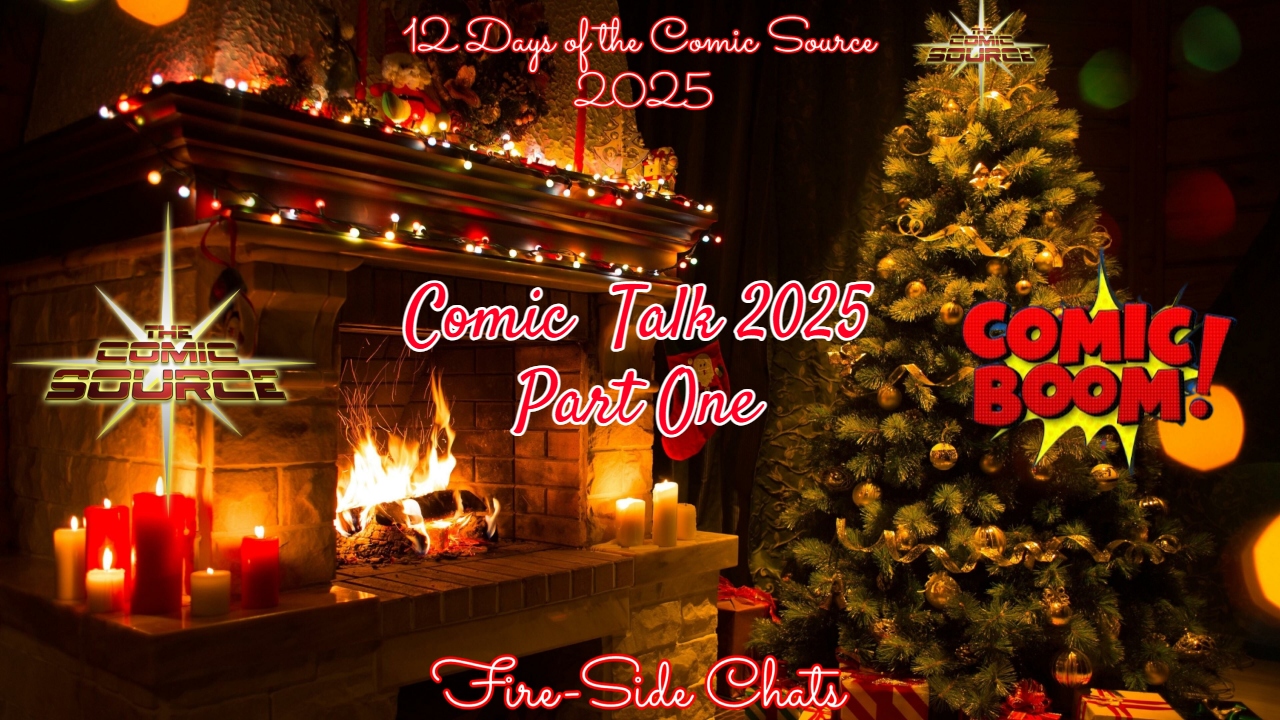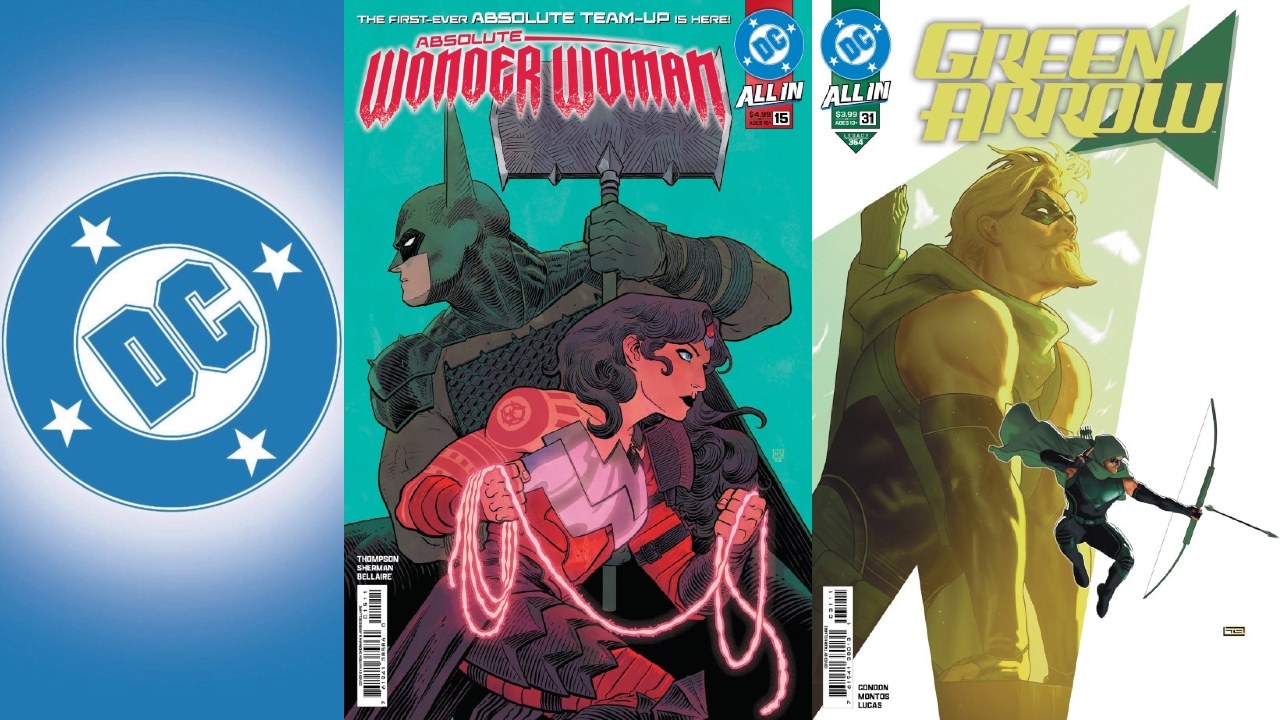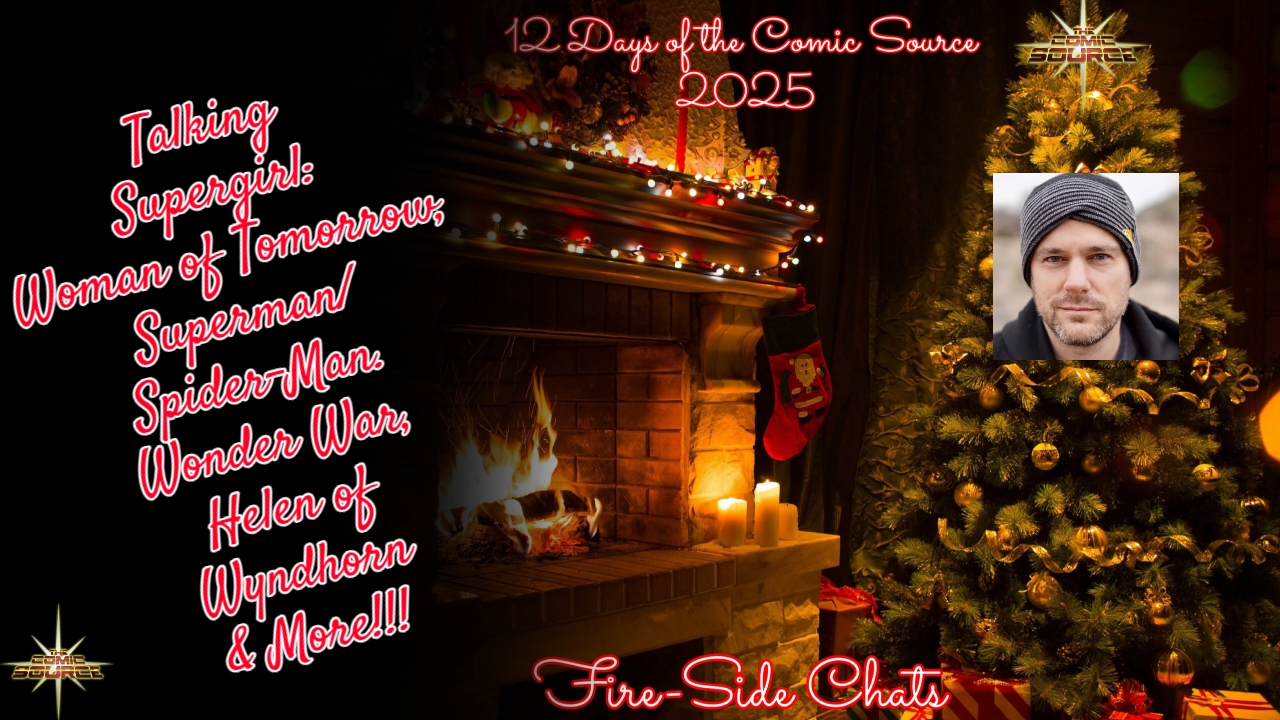There wasn’t a real missing link for LAIKA Studios. Only another real success.
LAIKA Studios brought another stop motion capture animated film with Missing Link.
The comedic adventure follows a Pacific Northwest sasquatch, who recruited a famous explorer to seak out the valley of Shangri-La so he can be united with yetis.
The has a voice cast that includes Hugh Jackman, Zach Galifianakis, Zoe Saldana, Timothy Olyphant, Stephen Fry, Matt Lucas and Emma Thompson. The film is directed and written by Chris Butler, who co-directed the studio’s ParaNorman.
LRM sat down with director Chris Butler earlier this month to talk about the story, cast and most importantly, the stop motion animation techniques for the film.
Missing Link is currently playing in theaters today.
Read our interview transcript below.
LRM: Tell me where the original idea came from for Missing Link?
Chris Butler: A long time ago and more than 15 years. I thought wouldn’t it be great if stop motion had its own kind of hero. Kind of like an Indiana Jones of the stop motion world. This movie is very much influenced by the movies that I loved when I was a kid. Raiders of the Lost Ark. I was a Sherlock Holmes fan as well. Clearly, there’s a lot of Sherlock Holmes in this. Also, Ray Harryhausen’ Creature Features. It was an amalgamation of those three passions from my childhood.
LRM: I thought ParaNorman was all influenced by your childhood.
Chris Butler: It was. I’m using it all up. [Laughs] There’s pretty much nothing left now. After ParaNorman, I’ve done zombies, ghost stories and John Hughes– what’s left? Okay, Indiana Jones. Let’s do it!
LRM: How does it feel being back in the director’s chair for this project?
Chris Butler: It’s great. It was very different this time around. Obviously, last time around for ParaNorman, I was working with Sam Fell. You get the chance to share the pain if you like. This one was at very different project. It was much bigger, way more ambitious. I was doing it on my own. It was also just a very different kind of movie. ParaNorman was quite contained. It all took place in one location, essentially one town.
Whereas this one was spanning the globe. You almost have to approach it in a slightly different way. How you were thinking about the shots. How are you thinking about sequences.
LRM: Did you have less time on this project? I barely remembered that the announcement was made like exactly one year ago. Or did you already started on this for a long time and then announced it?
Chris Butler: That’s how it works. After ParaNorman, it was pretty quick that I got into this, but then I was working on Kubo [and the Two Strings] at the same time. I was doing double duty. I was working on Kubo for half the week and then developing this for the rest of the time. In actual fact, when you add it all up, this has been a long one.
Development and pre-production was quick. That was about a year each. The production itself on this one was long. It was about two years. Ordinarily, it’s about year and a half, just because of the size of it. The size of the scale of the thing. All in all, it’s close to five years.
LRM: Due to a technological improvements, did that make your job easier through these years?
Chris Butler: No. I say no because with the technological improvements, you get more licensed to do more stuff. You end up making life harder for yourself. I’ve said many times for this movie that we wouldn’t have been able to meet this movie 10 years ago. The scope and the scale of it would have been unachievable in this medium. All the things that we’ve learned on the last four movies, we felt confident that we could make this movie.
It was hard. We had set ourselves a very ambitious goal. It’s bigger than all of the movies we’ve made from more puppets, more sets, more locations. We had a lot of tech and innovations to work with, but we’re also giving ourselves bigger challenges.
LRM: Why did you want to go that route? Why do you want to be so aggressive? You could’ve just made a nice, simple movie.
Chris Butler: I might do two characters stuck in an elevator. That will be my next one. [Laughs] I don’t think it was a conscious decision to make something big. It was I really like this story. It felt like now we can make this. We have the ability to make this. Whereas in the past we probably wouldn’t.
LRM: Let’s talk about the look of your character that day you created called Susan. Where did you base the base him off of?
Chris Butler: I did some rough sketches a long time ago in a notebook. It was actually based off a creature called Gigantopithecus, which is a primitive ape-man. A real thing. Do you know Harry and the Hendersons?
LRM: I love that movie.
Chris Butler: His design is based on the same creature. I did the goofy version of that. It’s been described as a hairy avocado with legs on the thing that I drew. There was something charming about it. It was very simple. It was very, very graphic. A lot of people who saw it were instantly taken by him. They thought he was a warm character. I hooked onto that, because it’s like people like this guy. He became almost like the Rosetta Stone for the rest of the movie. Once I had Link in place, everything else kind of fit it in around it.
LRM: When you say avocado, you’re talking about his shape of his body, right? [Laughs]
Chris Butler: Yes. Yeah, a very, very simple shape. If you look at the two main guys, Lionel is all angles. He’s straight lines and angles or sharp, not cuddly. Link is all curves. They play off each other really well. They are a great odd couple. Not just in terms of the emotional dynamics, but in terms of their physicality.
LRM: Sir Lionel was just based off like the Indiana Jones straight with what you grew up, right?
Chris Butler: Different influences. Even some of the earlier drawings that I did, I put a little bit of Hugh Jackman in there. Not knowing back then that I was going to get him to do the voice, but I had that kind of heroic leading man thing that I wanted to explore. I was looking at a lot of old classic adventure stories with that almost barrel chested hero. I was infusing it with a lot of different influences, a little bit of Sherlock Holmes as well. And then, of course, he agreed to do it, so I went in that direction.
LRM: For Susan’s for color, which is kind of like a bright orange red. Talk about the fur color chosen. Most people when they think of a creature in the Pacific Northwest, it probably would blend with the forest. He kind of sticks out.
Chris Butler: That was intentional, because he doesn’t quite fit in. He didn’t quite fit in anywhere. He always stands out. It was a conscious decision to make this the most colorful movie we’ve made before. We had a much broader canvas. We were going to all these exotic places. I wanted to have a color palette that reflected the diversity. It’s to have fun with the color palette.
One of the first things that I spoke to the production design, Nelson Lowry, about was I don’t want this to be a brown movie. I want to feel there is a vibrancy to everything. We ended up doing a lot of color mixing, avoiding blacks in shadows, infusing color in everything. Rather than going like the brown sasquatch, what parts of that could we go with? We tried different versions. We tried more purpley ones. Redder ones. Orangy ones. Blond ones. You do so much concept work. People are painting so many different versions of these characters. There was something very appealing about those color combinations. He stands out particularly against Lionel. They are opposites.
LRM: Yeah, I noticed that. I loved the multiple worldwide settings you created. What was your thinking process of creating the different settings from London to the Pacific Northwest to the mountains of Nepal.
Chris Butler: We don’t stay in any of these places that long. I wanted to make sure that there were certain boxes that you need to check. For example, London. Everyone knows what Victorian London is. We’ve all seen movies or photographs. In order to establish London quickly, I needed horse driven carts. I need chimneys and pigeons. There’s certain things that you want to include in there. You throw them into the pot. You want is the audience to immediately understand where they are and when they are. You have to use whatever’s in your arsenal to do that, because that’s it for London. That’s all we see. We see this one establishing shot.
It was certainly a lot of fun to play with some of the more exotic locations. We tried to have a unique colored signature to each location. The Pacific Northwest, as an example, we first meet Link. It’s a mysterious place with these old giant trees. You get the sense that man hasn’t ventured there much. We’re really playing with the mystery at that part of the movie. We’re in the forest green. Let’s go for blue-green.
When we’re in the jungle in India, we’ve gotten more for yellows and greens. Each location has its own color identity. You constantly, as an audience member, you feel like you’re progressing and going to a new place or a new setting. We spent a lot of time working on that and refining it.
LRM: It shows. I can imagine.
Chris Butler: There’s a lot of work.
LRM: [Laughs] It is a lot of work. Talk about your cast. I know you mentioned Hugh quite a bit, but you, you have a well rounded cast that you got to work with. Talk about them.
Chris Butler: I had the best cast. I’m so lucky. At the start of these things, when you first start talking about it, you have a piece of paper to write down a list of people who could play those parts. I was so fortunate in that I got a lot of those people that I wrote down there that first day. I think, of particular note of course, is Zach as link. Um, cause I think it would’ve been easy for that character to, to just be like, you know, the slapstick sidekick. And he was much more than that to me.
He’s the heart of the movie. Um, and we went for Zach [Galifianakis], because he brought such an innocent vulnerability to that role. He’s naive, but he’s not stupid. When I look at Zach’s comedy, there is that slightly displaced feeling to it as well and that has a vulnerability to it. What you end up with is a character that you really feel for, not just laughing at him. That was important to me.
Zoe [Saldana], obviously, works well as Adelina. I wanted to an independent woman. There’s a lot of complexity to her as well. That character has dealt with a lot of stuff in her life. She’s finding her own way in the world too.
I got the privilege of working with Stephen Fry and Emma Thompson. Emma Thompson plays a Yeti. How good is that? [Laughs] All of them, every single one of them, was a joy to work with. I love that part of the process, because I have an idea of what character is in my head and that’s what I put on the page on the script. Then you do a recording with these guys, they are the best of the best. They just instantly become something else. It’s become someone else’s character. They bring stuff to it that I hadn’t even thought of. That’s such an energy that I get from that.
LRM: I read in Variety that you created like 106,000 facial expressions off the 3D printing. Is it really 106,000?
Chris Butler: Oh, yeah. Every single line of dialogue, every single shot in the movie has a unique performance to it. There’s a lot of characters. It was a big undertaking. The facial animation to me is dear to me. I started out in doing 2D animation. When I was an animator, the stuff that I loved doing the most was actually the dialogue scenes, because there’s so much that the face can convey. I think we’re always striving for that amount of nuance that you can get in a live action performance in animation.
LRM: Can you talk about some future projects? After ParaNorman and after Missing Link, you already put all your childhood in these two projects. Is there something left?
Chris Butler: I know! There’s nothing left. [Laughs] There is something left. There’s a few things. [Laughs]
I don’t know to be honest. I had been on this one for a long time. It is all consuming. When I closed my eyes, all I see are the characters from this movie. I think first and foremost for me is a vacation. It’s been a five year marathon. Then I want to spend some time writing. Yeah, I love that part of it. I haven’t been doing which writing for awhile and I’d like to just spend a bit of time doing that.
LRM: My last question, why are you so attracted to stop motion capture?
Chris Butler: It’s real light on real objects. There was something that goes back to all went almost to your childhood. When you’re a kid and you’re playing with your toys and imagining them coming to life. There is something about seeing these puppets that makes you want to reach into the screen and touch them or be part of that world. There is something that’s very inclusive about stop motion. I find 2D and CG can sometimes be distancing, because you understand that it’s artifice. Whereas when you see a puppet with a handmade costume under real light, it feels real excellent.
LRM: Hey, thank you very much. I appreciate it.
Chris Butler: Thank you.
Missing Link is currently playing in theaters.
Source: LRM Exclusive
 FOR FANBOYS, BY FANBOYS
Have you checked out LRM Online’s official podcasts and videos on The Genreverse Podcast Network? Available on YouTube and all your favorite podcast apps, This multimedia empire includes The Daily CoG, Breaking Geek Radio: The Podcast, GeekScholars Movie News, Anime-Versal Review Podcast, and our Star Wars dedicated podcast The Cantina. Check it out by listening on all your favorite podcast apps, or watching on YouTube!
Subscribe on: Apple Podcasts | Spotify | SoundCloud | Stitcher | Google Play
FOR FANBOYS, BY FANBOYS
Have you checked out LRM Online’s official podcasts and videos on The Genreverse Podcast Network? Available on YouTube and all your favorite podcast apps, This multimedia empire includes The Daily CoG, Breaking Geek Radio: The Podcast, GeekScholars Movie News, Anime-Versal Review Podcast, and our Star Wars dedicated podcast The Cantina. Check it out by listening on all your favorite podcast apps, or watching on YouTube!
Subscribe on: Apple Podcasts | Spotify | SoundCloud | Stitcher | Google Play



